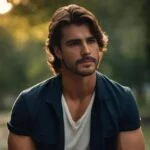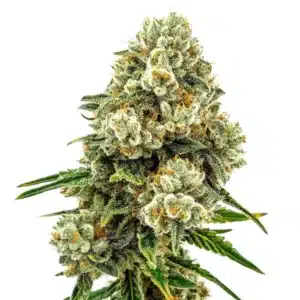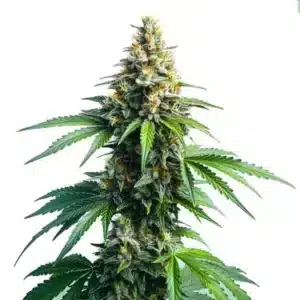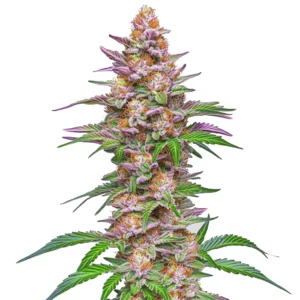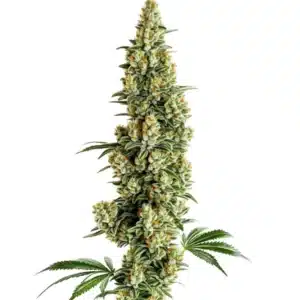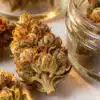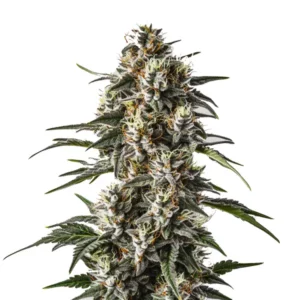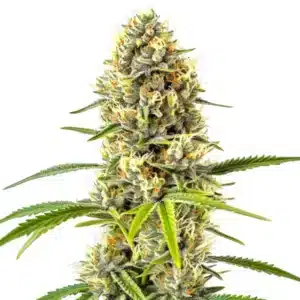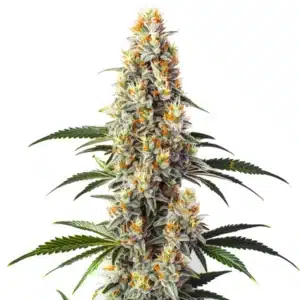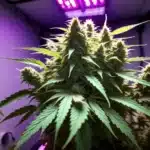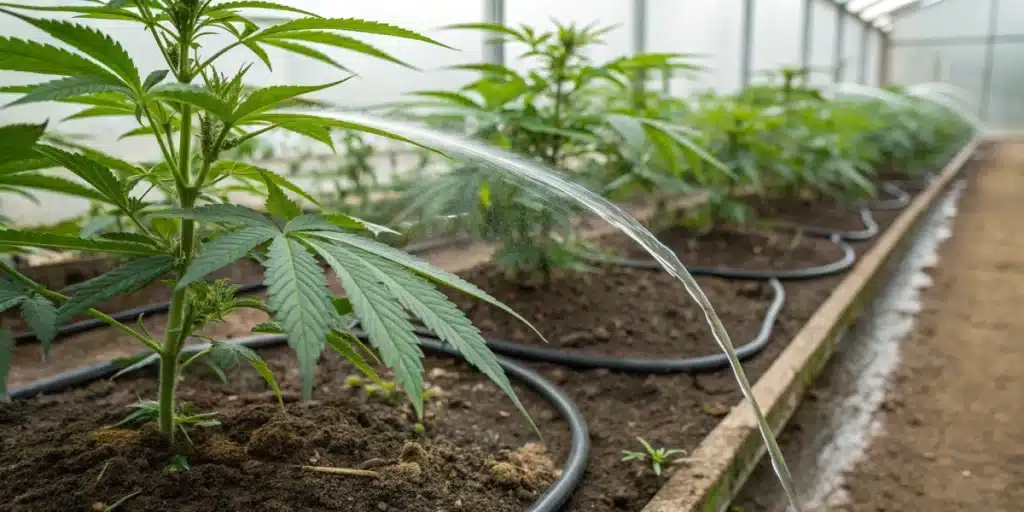
Flush Cannabis Plants: Techniques for Optimal Quality
Purpose and Benefits of Flushing
Definition and Rationale
Flushing cannabis plants involves a process where growers actively rinse the soil and roots with water to eliminate excess nutrients before harvest. Throughout the grow cycle, the soil tends to accumulate mineral salts from fertilizers with each feeding, which can also cause the pH to rise over time. This practical technique creates a cleaner, more flavorful product, and many cultivators implement it to improve the overall quality of their cannabis.
The rationale behind flushing is straightforward: if growers do not remove these residues, the extra nutrients can cause off-flavors and harshness. Specifically, the goal is to remove as many built-up nitrates and salts as possible. The more of these are removed, the better and purer the flowers will taste. A well-executed flush creates a balanced environment that allows natural terpenes to shine, enhancing both aroma and flavor.
Recommended Strains
Acid Diesel
|
|
THC | 18% - 20% (Medium) |
|
|
Type | Feminized |
|
|
Yield | Low |
|
|
Phenotype | 60% Indica / 40% Sativa |
Afghan Kush
|
|
THC | 16% - 21% (Medium) |
|
|
Type | Feminized |
|
|
Yield | Medium |
|
|
Phenotype | 90% Indica / 10% Sativa |
Impact on Final Product Quality
Flushing cannabis plants directly impacts the final quality by enhancing both flavor and aroma. Growers observe that when plants receive a proper flush, the buds display richer natural terpene profiles. Excess nutrients often mask these distinctive characteristics, so removing them elevates the true taste and aromatic complexity.
Furthermore, careful flushing can influence the potency of the harvested cannabis. Flushing ensures that the plants use just the right amount of nutrients and generate high-quality cannabinoids without interference from residual fertilizers, ultimately delivering a more refined product.
Promos & Deals
Timing and Methods
When to Start the Flush Process
Timing remains a critical factor. Typically, growers initiate the flush one to two weeks before the expected harvest date, which provides enough time to remove residual nutrients. By observing the plants closely, growers can determine the optimal moment to start. This active approach helps ensure that the plants respond well.
Each cannabis strain exhibits unique needs, so many cultivators tailor their schedules accordingly. Monitoring changes in plant vigor offers a practical way to decide when to begin, ensuring that the nutrient removal happens precisely when it matters.
Different Flushing Techniques
Growers employ various techniques, and most opt for the simplest method: using plain water to saturate the soil thoroughly. This method quickly leaches out remaining nutrients. For an even more effective flush, many experienced growers recommend using water with a pH that is slightly lower than usual, around 5.5. This can help to break down and wash away stubborn salt buildups more efficiently.
Some growers use more advanced methods, incorporating specific flushing agents or additives designed to bind with excess nutrients and expedite their removal. In any technique, the objective remains consistent: to ensure that no residual nutrients compromise the flavor or smoothness of the final harvest.

Watering and Nutrient Control
Adjusting Water Schedules
Growers must actively adjust watering schedules during the flush period. Since plants switch from a nutrient-rich environment to one that relies solely on water, monitoring soil moisture becomes essential. Watering when the top inch feels dry helps maintain balanced hydration and effective nutrient removal.
Many experts recommend maintaining a consistent watering routine throughout the flushing period to avoid stressing the plants. Overwatering may lead to root rot, while underwatering can hinder the removal process.
Managing Residual Nutrient Levels
Managing residual nutrient levels remains a key task. Some growers perform soil tests that measure nutrient content, enabling them to target nutrient removal with greater precision. It matters whether they previously used synthetic or organic nutrients, as synthetic options often require more aggressive flushing.
Equipment and Monitoring
Using proper tools remains essential. Growers employ devices such as pH meters, EC meters, and moisture meters to actively check plant health. A reliable pH meter ensures that the water stays within the ideal range, while an EC meter offers precise data on nutrient concentration.
Controlling environmental conditions like temperature, humidity, and airflow remains a major factor in achieving successful flushing. This active management minimizes risks like mold and mildew that could affect the plants during this vulnerable period.
Post-Flush Care and Harvest
Transitioning from Flushing to Harvest
After finishing the flushing process, growers actively transition plants toward harvest. They check the color of the leaves and examine the trichomes. Cultivators note that flushing often produces slight yellowing in the leaves, a positive indicator that plants have consumed their stored nutrients. At this final stage of the plant’s life, this yellowing is a natural and expected sign of senescence, so there is no need to be alarmed.
Growers observe the maturity of trichomes as a decisive factor. They check for the ideal mix of cloudy and amber trichomes to ensure peak cannabinoid levels.
Identifying Readiness for Harvest
Determining when plants are ready involves active observation. Growers inspect the overall health, noting that leaves turning light yellow and dense, fragrant buds signal readiness. They monitor the coloration of the pistils, as darkened and curled pistils usually indicate maturity. Active observation also includes checking the trichome development, which remains the most reliable indicator.
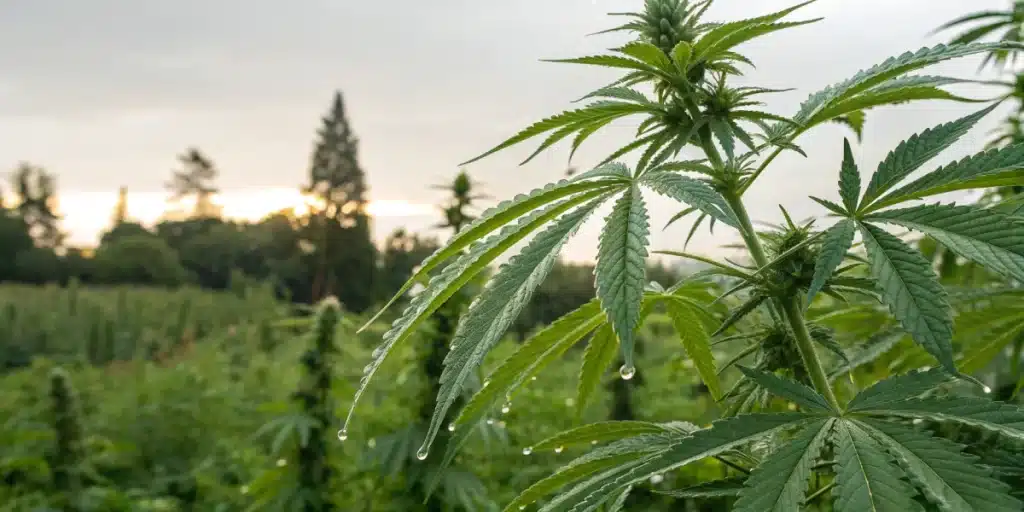
FAQs about flush cannabis plants
How long should you flush before harvest?
Growers typically flush cannabis plants for one to two weeks before harvest. This duration proves sufficient to remove residual nutrients and enhance flavor while giving the plants time to adjust to a nutrient-free environment. Active monitoring during this period allows cultivators to make timely decisions that optimize the flushing process.
What are the signs that your plants are properly flushed?
Indications of a successful flush include a noticeable yellowing of leaves, reduced nutrient uptake, and clear signs of nutrient absence at the plant tips. These visible changes confirm that the flushing process has worked effectively, resulting in cannabis plants ready for harvest with improved flavor and smoothness.
Can flushing improve the taste of the final product?
Yes, flushing cannabis plants can significantly boost the taste and overall quality of the final product. Removing excess nutrients allows natural terpenes to emerge, contributing to a smoother and more flavorful smoking experience. Cultivators often report that a proper flush enhances the final aroma and taste, making the product more enjoyable for end users.

